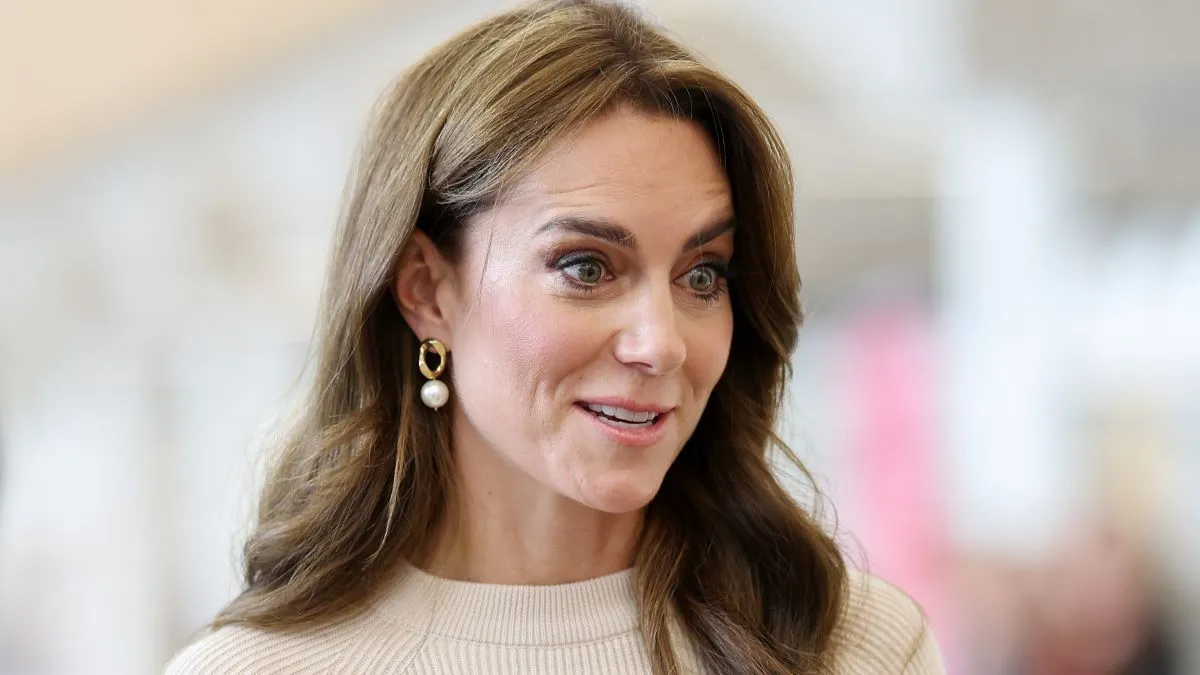
Advertisement
In early 2024, the world was captivated by the mystery surrounding the disappearance of Kate Middleton, the Princess of Wales. Speculation ran rampant on social media, with numerous conspiracy theories emerging to explain her absence. The situation was shrouded in secrecy, with only vague updates provided to the public.
One theory suggested that Kate was in a coma due to complications from surgery. This theory was swiftly dismissed as ludicrous by official sources. Another theory claimed that Kate was seeking a divorce from Prince William, but the royal family was trying to convince her to stay to avoid negative publicity.
There were also dark rumors suggesting that Prince William had attacked Kate, leading to her hospitalization. This theory was based on accounts from Prince Harry’s autobiography detailing a violent encounter with William. However, these claims were unsubstantiated and speculative.
Additionally, there were theories suggesting that Kate was being treated for an eating disorder or a mental health crisis. These theories were based on her appearance in photos and were largely speculative in nature.
A particularly bizarre theory suggested that Kate was being harvested for organs by King Charles, who was ill and in need of spare parts to prolong his reign. Another theory humorously claimed that Kate was recovering from a Brazilian buttock lift, a cosmetic surgery procedure.
Other outlandish theories proposed that Kate was the anonymous street artist Banksy, a new drummer for the band Slipknot, or that she had been abducted by aliens. These theories were clearly unfounded and fueled by wild speculation on social media.
In reality, Kate’s absence was due to her undergoing treatment for cancer, a fact she revealed in a video message. The conspiracy theories surrounding her disappearance highlight the dangers of misinformation and the importance of verifying information before spreading it.
